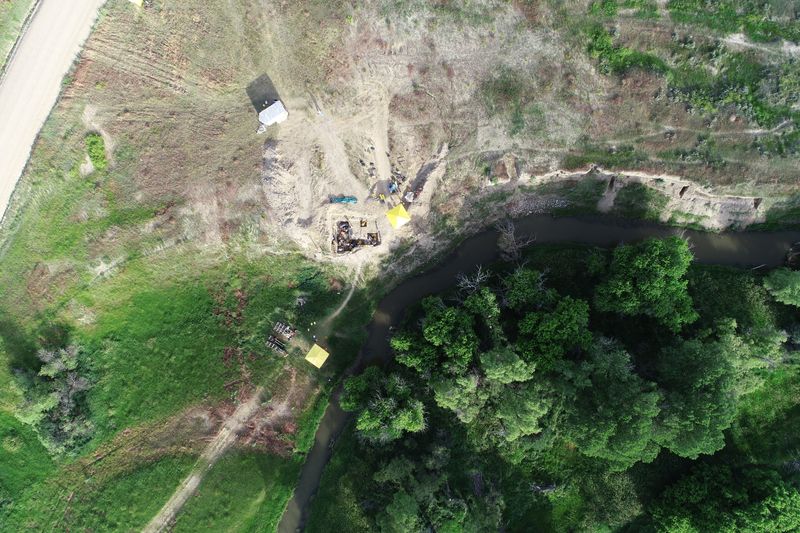There’s no doubt about it – humans love to talk. The average person speaks thousands of words a day and it’s a vital part of how we communicate with one another. But when did we become such chatty Cathy’s? Researchers have long pondered and argued over this question, coming up with quite a range of answers for when humans first started talking.
The laryngeal descent theory
One of the critical elements of a human’s ability to speak is the larynx, better known as the voice box. It sits in the neck above the windpipe and contains the vocal cords, which close together and vibrate as air pushes through, producing sound. As a result, the evolution of the larynx has become the focus of much of the research into when humans began to talk.
A popular explanation in this area is the laryngeal descent theory, spearheaded by the late scientist Philip Lieberman. The theory goes that, unlike most animals, humans have a descended larynx, meaning it sits well away from the soft palate separating our nasal cavity from our throat; this gives us a unique ability to produce the sounds necessary for speech and language.
Lieberman stated in a paper that this anatomical structure was absent in Neanderthals and other early humans and only appeared in the fossil record around 50,000 years ago. The argument then, is that speech began around that time, although language as we know it today was still a while off.
Thousands versus millions of years
However, some researchers aren’t content with this theory. “The laryngeal descent theory is a very powerful concept that seeks to explain why humans can speak due to their evolution both as a species and as individuals,” noted Louis-Jean Boë, author of a study dismissing the theory, speaking to CNRS News. “The problem, as we have demonstrated after 20 years of multidisciplinary research, is that there is no valid foundation for this theory.”
This could completely alter the estimation of when humans first started talking. In their paper, Boë and colleagues argue that laryngeal descent is not essential to our ability to form the vowel sounds – in this case, “a”, “i”, and “u” – and patterns critical to speech. As a result, they suggest, the dawn of speech could be pushed all the way back to over 20 million years ago – that’s quite the jump.
Of course, there are also those who disagree with this conclusion, but trying to prove each other wrong is arguably a pretty important part of a scientist’s job. And aren’t they lucky that humans evolved the ability to speak so they could do so?




